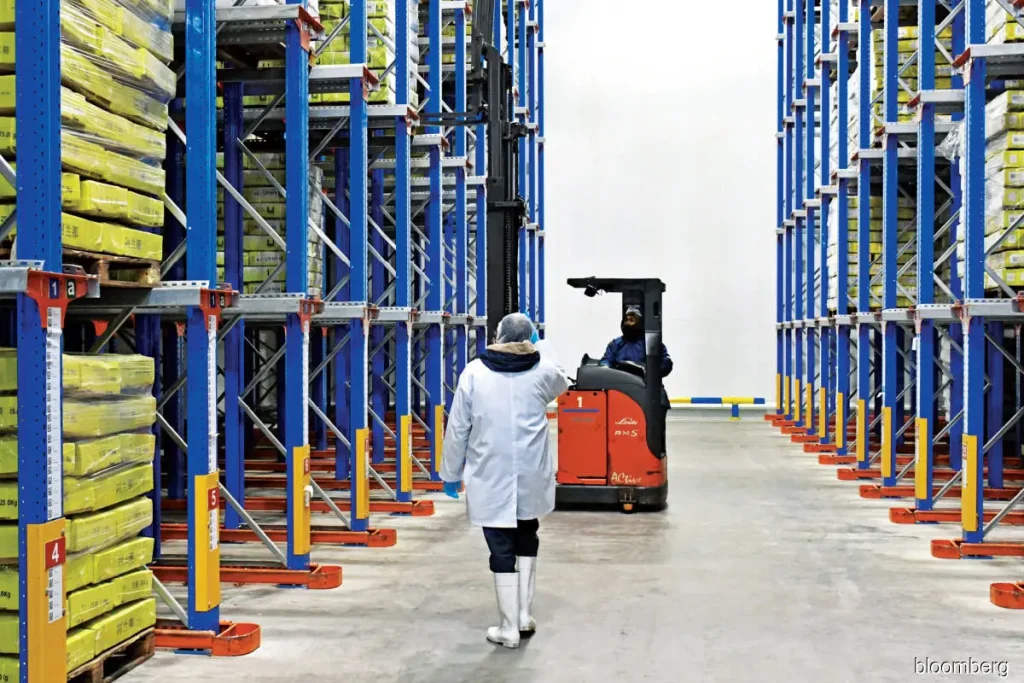In the ever-evolving world of automotive care, paint protection film PPF has emerged as the ultimate solution for preserving a vehicle’s exterior. This innovative technology is designed to shield the paint from a wide range of external hazards, including road debris, UV rays, bird droppings, and minor scratches. Unlike traditional wax or ceramic coatings, PPF provides a virtually invisible yet highly durable layer of protection that keeps a car looking pristine for years. With advancements in material science and application techniques, modern PPF has become an essential investment for car enthusiasts and everyday drivers alike. One of the most remarkable features of PPF is its self-healing capability. High-quality films are engineered with advanced polymers that can repair minor scratches and swirl marks when exposed to heat, whether from sunlight or warm water. This self-repairing property ensures that the car’s surface remains flawless, reducing the need for frequent detailing and paint correction. Unlike conventional protective measures, which may require regular reapplication, PPF provides long-term benefits, making it a cost-effective and low-maintenance option for vehicle owners.

Durability is another key advantage of PPF, best ppf brands offering robust defense against physical and environmental damage. The multi-layer construction of the film helps absorb impacts from rocks, gravel, and road salt, preventing chips and abrasions that can degrade a car’s appearance over time. Additionally, PPF acts as a shield against chemical contaminants like acid rain and bug splatter, which can cause permanent staining if left untreated. By forming a barrier between the paint and external elements, PPF significantly extends the lifespan of a vehicle’s original finish. The aesthetics of a car are just as important as its protection, and PPF enhances both. Modern films are designed to be optically clear, ensuring that the original paint color and finish remain vibrant and unaffected. For those who prefer a customized look, PPF is available in matte and satin finishes, offering a unique visual appeal without the need for a full repaint. With seamless application techniques, the film integrates smoothly with the car’s bodywork, maintaining its sleek and factory-fresh appearance.
Beyond its protective and aesthetic benefits, clearpro window tinting service adds value to a vehicle, making it a smart investment for resale. A well-maintained exterior plays a significant role in determining a car’s market value, and PPF helps preserve that condition. Potential buyers are often willing to pay more for a car with a flawless finish, knowing that it has been well cared for. Whether leasing or planning to sell in the future, PPF ensures that a vehicle remains in top-notch condition, enhancing its appeal and resale price. As automotive technology advances, so does the need for superior protection solutions, and PPF stands at the forefront of this innovation. Its ability to safeguard against damage, enhance aesthetics, and maintain vehicle value makes it an indispensable addition for any car owner. With professional installation and proper care, PPF provides long-lasting benefits, allowing drivers to enjoy peace of mind knowing their vehicle is protected against the elements. Investing in high-quality PPF is not just about preserving paint—it is about embracing the future of automotive care.



